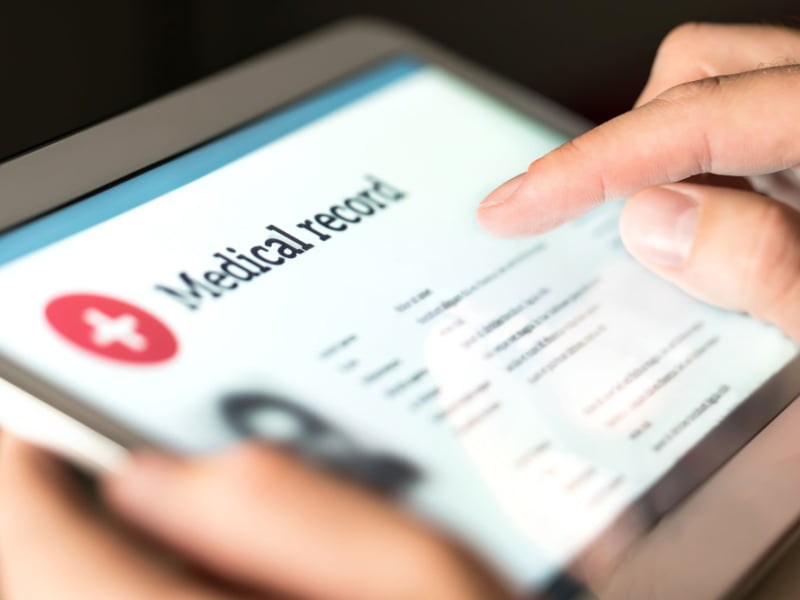A future version the statewide digital health record to be rolled out in New South Wales over the coming years could give patients access to their clinical record, much like the national My Health Record system.
NSW Health this week announced its partnership with US-based electronic medical record (EMR) vendor Epic to deliver the state’s Single Digital Health Record (SDHR), ending a three-year search for a provider.
Epic has spent the last two years delivering the Australian Capital Territory’s Digital Health Record (DHR), having won a $128.3 million contract in July 2020. The DHR went live across Canberra last week.

New South Wales’ SDHR will replace nine existing EMR platforms provided by Cerner and Orion Health, six patient administration systems from Cerner and DXC and five pathology laboratory information management system.
It will be used across all 15 Local Health Districts, two Specialty Health Networks and NSW Health Pathology laboratories, giving clinicians access to real-time NSW Health medical records regardless of where a person is admitted.
The digital platform will be unlike the My Health Record system at the national level in that it is designed to be an operational record used by clinicians to manage patients within the NSW public health system.
But an eHealth NSW told InnovationAus.com that platform to be delivered by Epic “offers some additional functionality, such as a patient portal, which will be considered in the future to support patient interactions with the system”.
eHealth NSW first raised the prospect of allowing patients to access their NSW medical records when it initially went to market for the SDHR in mid-2019.
In a statement, eHealth NSW chief executive and NSW Health chief information officer, Dr Zoran Bolevich, said Epic was chosen after a “robust process” involving more than 350 clinicians, scientist, technical experts and other stakeholders.
“eHealth NSW, NSW Health Pathology, Local Health Districts and Specialty Health Networks worked together and engaged with healthcare professionals through the extensive procurement process,” he said.
“Their expertise, along with meaningful engagement with healthcare consumers, will continue to guide us as we roll out SDHR across the state.”
The SDHR will be deployed progressively, starting with the Hunter New England Local Health District, but the spokesperson said there is currently no timeframe for the rollout.
A detailed implementation plan will be developed once negotiations – which are expected to take “several months” – conclude, the spokesperson added.
While a contract has not yet been signed, the SDHR is expected to cost the state hundreds of millions of dollars.
In the 2021-22 state Budget, the government set aside $141 million for phase one, building on the $236.2 million provided in the 2017-18 budget.
Do you know more? Contact James Riley via Email.

